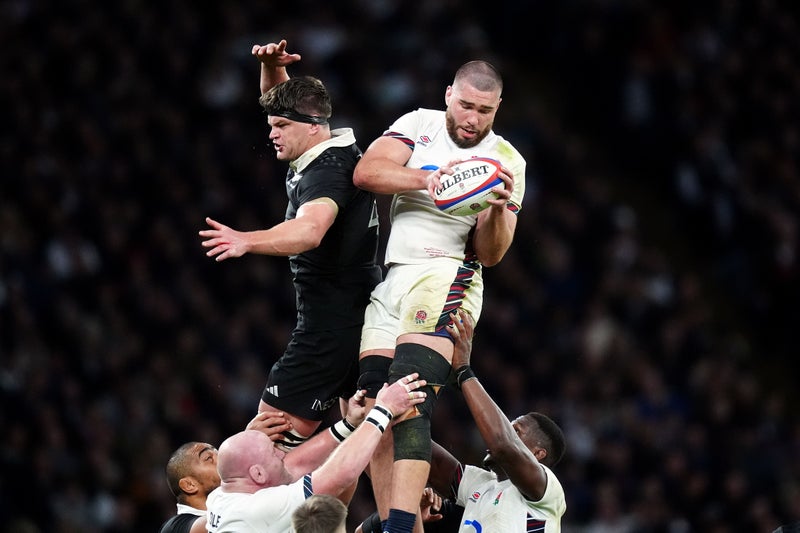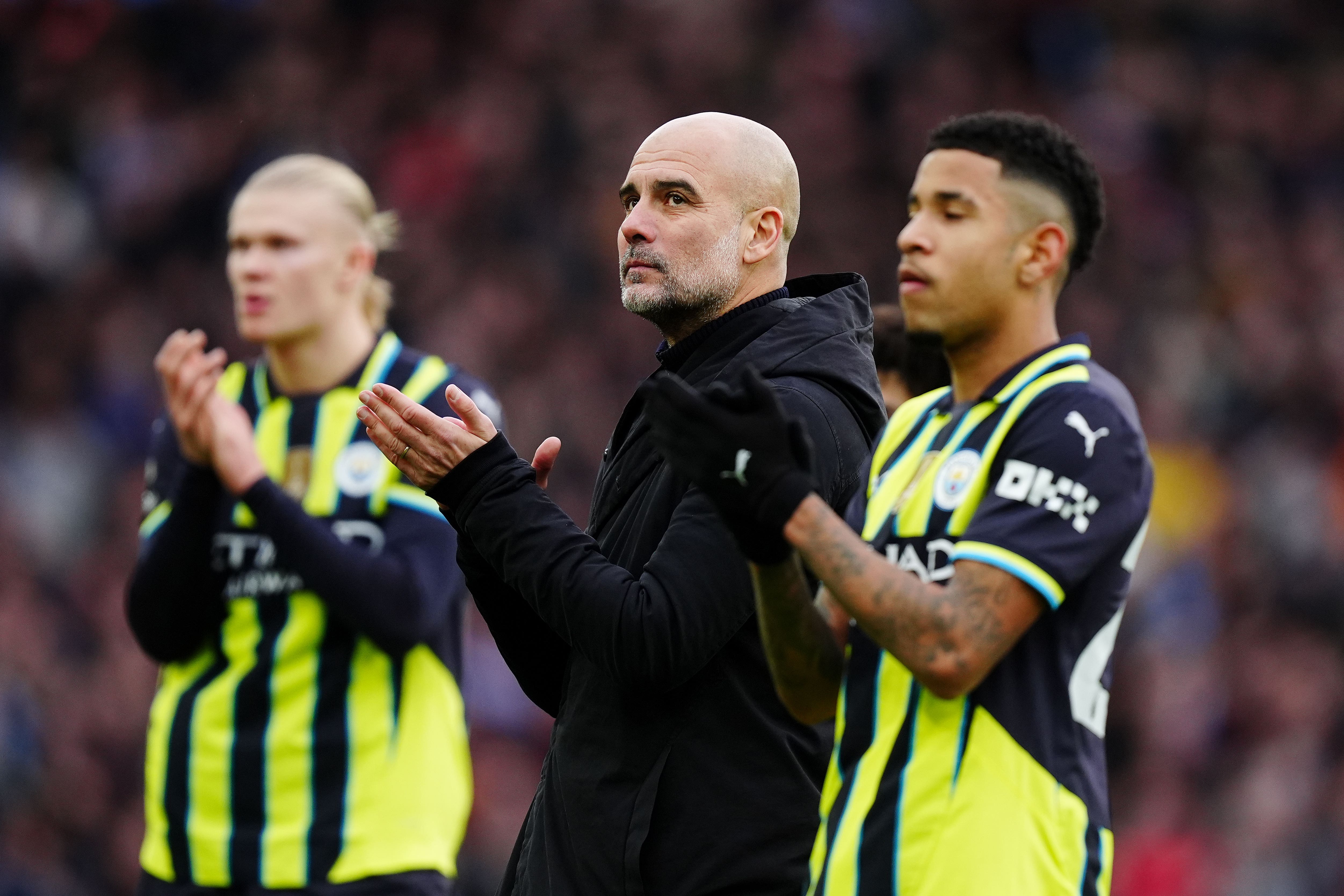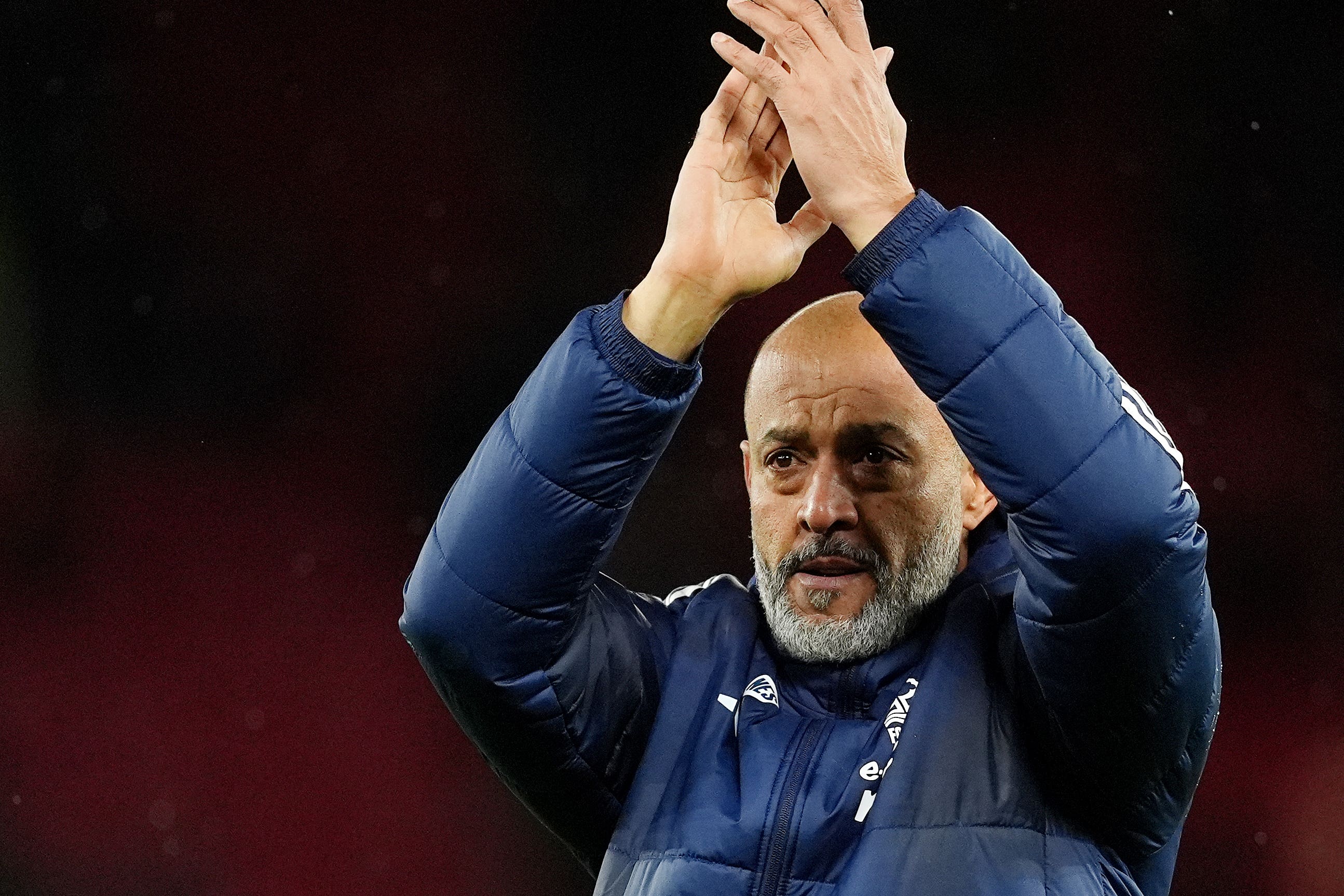The Leicester lock replaces club colleague George Martin in the sole change to the side that beat France. England have made a single change to their side to face Scotland with Ollie Chessum starting in the second row. The lock is named as partner to captain Maro Itoje, replacing Leicester colleague George Martin, who has been managing a grumbly knee and drops to the bench. Otherwise, the starting team is the same as the one that beat France last Saturday to revive England’s Six Nations title hopes. Steve Borthwick resists the urge to promote Jamie George off the bench despite an impactful cameo in that fixture, while the Fin Smith/Marcus Smith playmaking axis remains.
![[The arrival of Ollie Chessum and Jamie George stabilised England's lineout]](https://static.independent.co.uk/2025/02/09/12/50/Ollie-Chessum-lineout.jpeg)
This is Chessum’s first start since the trip to Lyon at the end of last year’s Six Nations. The 24-year-old has struggled with a number of injuries since then, and came into this tournament still getting up to speed after recovering from a freak knee issue sustained just before the Autumn Nations Series. His inclusion offers intriguing tactical hints, even in an otherwise familiar line-up. The retirement of Courtney Lawes has unbalanced England’s forward pack. It goes understated how unique the lock-turned-blindside was – few back rows can genuinely claim to be among the best breakdown operators in the world as well as a defensive enforcer and outstanding lineout jumper. In many ways, Lawes was the perfect six.
![[Maro Itoje faked a call to himself]](https://static.independent.co.uk/2025/02/18/10/52/England-lineout.png)
England have cycled through their options in a bid to find the right back five balance. Since the start of last year, they have started a number of different archetypes in the No 6 shirt: a grafter in Ethan Roots, a long-limbed lineout jumper in Ollie Chessum; a project player of real physical potential in Chandler Cunningham-South. More recently, Steve Borthwick has eschewed his past preferences and gone for an extra openside in Tom Curry – if England have felt the benefits in their jackal threat, their lineout has perhaps not functioned as desired.
![[Itoje pivots and lifts Ollie Chessum high to collect Jamie George's lineout throw]](https://static.independent.co.uk/2025/02/18/10/44/England-lineout.png)
Even with the same back row balance, having two springy second row jumpers is highly useful. Chessum’s value in that area was illustrated perfectly after his introduction against France. Allied with the arrival of George, the pair stabilised a set-piece that had been creaking for England in the first half. The Leicester lock claimed the lineout in the lead-up to both Fin Baxter and Elliot Daly’s scores, setting the platform from which England can play.
![[Ollie Chessum's lineout take at the tail created an attacking opportunity for England]](https://static.independent.co.uk/2025/02/18/10/36/England-lineout-France.png)
While Tom Curry, Martin and Tom Willis can all jump, having Chessum in the pack gives the caller a second top-class receiver to diversify his options. In Dublin, England’s basic lineout statistics were relatively positive but ball was often messy or, more importantly, difficult to play from. 80% of Luke Cowan-Dickie and Theo Dan’s throws went to the front, preventing England from being able to best utilise their backline. Against France, that figure dropped to 62% - not a massive difference, but nonetheless significant.
Ahead of Baxter’s try, France mark the front and middle closely, with Itoje’s dummy call to himself attracting further interest with Tom Curry also offering an option. However, the England captain spins to become a front lifter for Chessum one slot further back, the movement destabilising the French hoist. An accurate dart from George, hitting double tops, lands in the hands of the replacement above the competing Frenchman.
Down Chessum comes with more than half the French pack taken out of the game. England feign the maul – though might have motored towards the line had they mauled – and launch Curry on a back peel around the corner, the flanker thundering through Antoine Dupont and Damian Penaud to win the gainline and eventually allow Baxter to punch over from close range a few phases later. For the lineout that leads to Daly’s try, England first fake a Curry lift at the front before he joins a pod of three forwards waiting to hit the resultant maul to deliver a shot of momentum. France don’t fall for the feint, marking Chessum with Hugo Auradou and throwing him up with good timing. But Chessum is strong at the contest point, holding off the grasping French arms and wrestling the ball away to allow the drive to form.
England have gone away from their maul over the last 12 months. At the 2023 World Cup, Borthwick’s side made 24.9 metres per game according to data from Opta – the second highest mark at the tournament. In last year’s Six Nations, they were down at 10.6 metres per match; in two games in this campaign, they have barely mauled at all. With Chessum back in the side and greater options at lineout time, that number may well increase. His ability takes a load off Itoje, who is shouldering plenty as captain, caller and forward totem. The 24-year-old hits plenty of attacking rucks, just like his skipper, and has been touted as a future England captain himself – even if the current occupier of that position has removed him as one of the squad’s social secretaries.





























